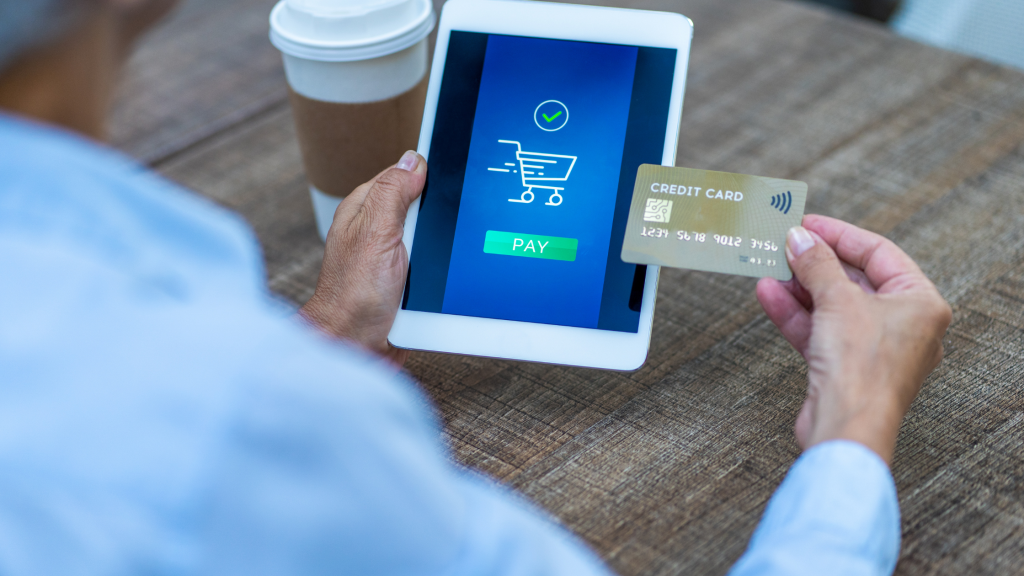Navigating the Complexities of Online Payment for Northern Virginia Retailers
In the rapidly evolving digital marketplace, Northern Virginia retailers face the critical challenge of implementing secure and efficient online payment systems. The right payment solutions not only streamline transactions but also enhance customer trust and satisfaction. This guide explores the complexities of online payment systems and offers strategies for local retailers to optimize their e-commerce platforms.
Understanding Online Payment Systems
Online payment systems are the backbone of e-commerce, enabling customers to purchase goods and services over the internet. These systems encompass a range of technologies and processes, including payment gateways, merchant accounts, and digital wallets, each with its own set of benefits and challenges.
Choosing the Right Payment Gateway
- Security Compliance: Opt for payment gateways that comply with the Payment Card Industry Data Security Standard (PCI DSS). This ensures that customer payment information is encrypted and securely processed.
- Integration Ease: The payment gateway should seamlessly integrate with your e-commerce platform, providing a smooth checkout process without redirecting customers to external pages.
- Support for Multiple Payment Methods: Offer a variety of payment options, including credit cards, digital wallets, and bank transfers, to cater to the diverse preferences of Northern Virginia shoppers.
- Mobile Optimization: With a significant portion of online shopping conducted on mobile devices, ensure your payment gateway offers an optimized mobile payment experience.
Implementing Merchant Accounts
- Understanding Merchant Accounts: A merchant account is a type of bank account that allows businesses to accept and process electronic payment card transactions. Choosing the right merchant account provider is crucial for transaction efficiency and cost-effectiveness.
- Evaluating Fees and Contracts: Carefully review the fees associated with merchant accounts, including transaction fees, monthly fees, and any potential hidden charges. Also, consider the flexibility of the contract terms to adapt to your changing business needs.
Exploring Alternative Payment Methods
- Digital Wallets: Digital wallets like Apple Pay and Google Wallet offer convenience and speed, allowing customers to make purchases with a single tap or click.
- Bank Transfers and Direct Debits: These methods can reduce transaction fees and chargebacks, appealing to customers who prefer not to use credit cards online.
- Cryptocurrencies: Accepting cryptocurrencies can tap into a niche market of tech-savvy consumers, offering low transaction fees and increased privacy.
Ensuring Payment Security
- SSL Certificates: Secure your website with SSL certificates to encrypt data transferred between the customer’s browser and your server, safeguarding sensitive payment information.
- Two-Factor Authentication: Implement two-factor authentication for transactions to add an extra layer of security, protecting against unauthorized access.
- Regular Security Audits: Conduct regular security audits and updates to protect against emerging cyber threats and vulnerabilities.
Optimizing the Checkout Process
- Simplifying the Checkout Process: Minimize the number of steps in the checkout process to reduce cart abandonment rates. Offer guest checkout options and remember customer preferences for future visits.
- Transparent Pricing: Clearly display all costs, including taxes and shipping fees, before the customer initiates the payment process to avoid surprises that could lead to cart abandonment.
- Error Handling: Design your checkout process to provide clear, helpful feedback for any errors that occur during payment, guiding customers to successfully complete their transactions.
Adapting to Consumer Preferences
- Local Payment Preferences: Understand and cater to the payment preferences of Northern Virginia customers. This may include offering payment plans or localized payment solutions that are popular in the region.
- Customer Feedback: Regularly solicit and analyze customer feedback regarding their payment experiences to identify areas for improvement and adapt your strategies accordingly.
Leveraging Analytics for Payment Optimization
- Analyzing Transaction Data: Use analytics to track transaction success rates, preferred payment methods, and cart abandonment rates. This data can inform strategic decisions to optimize your payment processes.
- A/B Testing: Conduct A/B testing on different aspects of your payment process, such as the placement of the payment button or the number of payment options offered, to determine what works best for your customers.
Conclusion
For retailers in Northern Virginia, navigating the complexities of online payment systems is essential for e-commerce success. By choosing the right payment solutions, ensuring security and convenience, and adapting to local consumer preferences, businesses can provide positive payment experiences that enhance customer satisfaction and loyalty. In the digital age, a streamlined and secure online payment process is not just an advantage—it’s a necessity.

